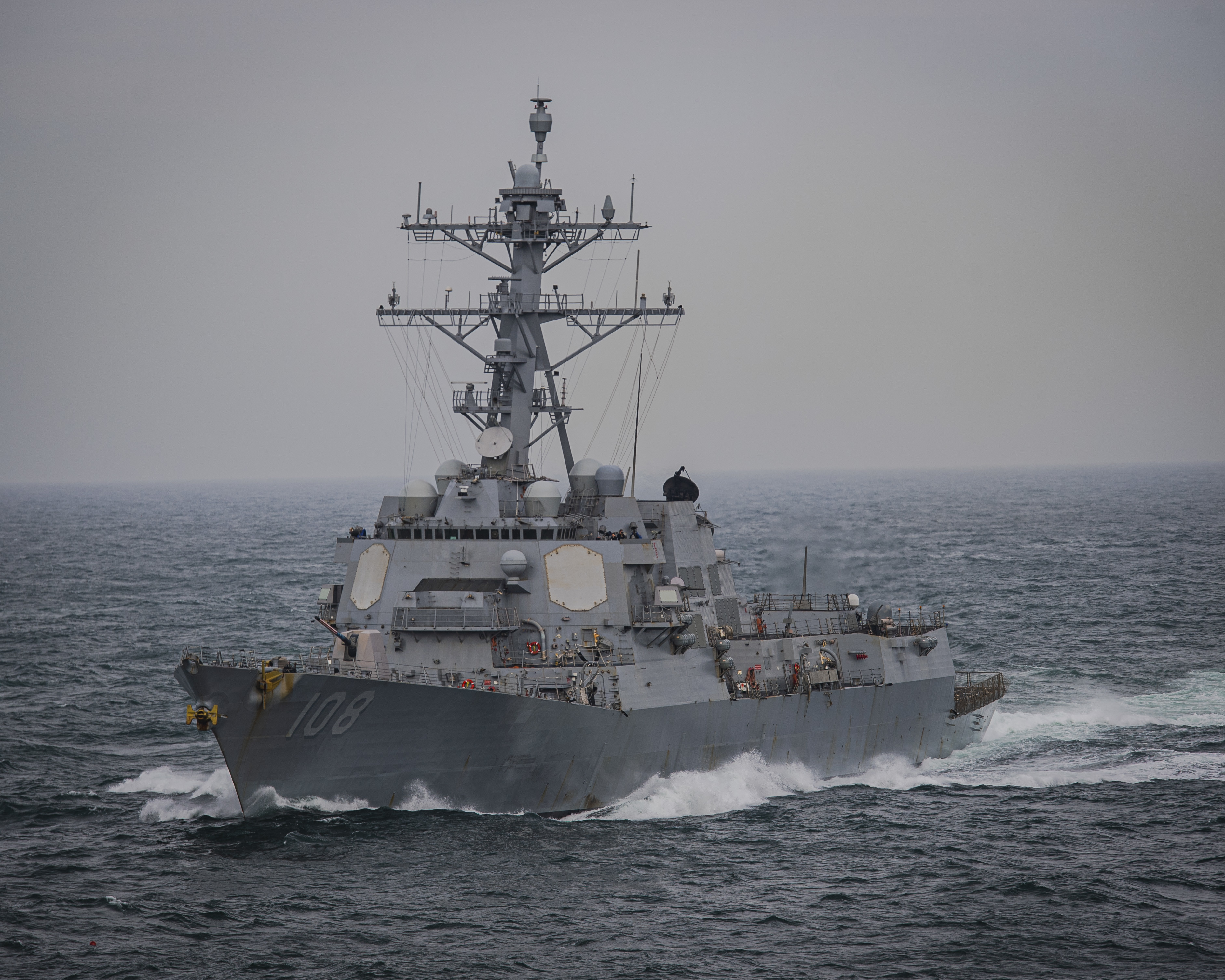311: Systems Engineering - NPS Online
Systems Engineering
Master’s Degree #311
Est.imated Completion Time: 24 months
Starts: Quarterly
Subspecialty Code: 5800G
Overview
The Systems Engineering DL curriculum is designed for Navy System Commands and DoD organizations involved in a wide range of systems engineering and integration challenges. These commands can partner with NPS to educate and train engineers with tools and technologies relevant to their work, resulting in employees with greater knowledge and expertise to enable them to better meet the needs of their customers.
DoD organizations or sponsors provide the students, and the Department of Systems Engineering provides the instruction, course materials, and hands-on experience. Courses are delivered at the students' local sites using a combination of on-site instruction and web-enhanced online courses. The program can begin any academic quarter, depending on student demand.
Courses Required
| Quarter | Course |
|---|---|
| Quarter 1 |
|
| Quarter 2 |
|
| Quarter 3 |
|
| Quarter 4 |
|
| Quarter 5 |
|
| Quarter 6 |
|
| Quarter 7 |
Choose one of the following:
|
| Quarter 8 |
|
Eligibility
The following are eligible for this offering:
- Naval Officers
- Naval Enlisted
- Non-Naval Officers
- Non-Naval Enlisted
- DON Civilians
- DOD Civilians
- Non-DOD Federal Employees
- International military personnel
- International non-military personnel
Requirements for Entry
- Bachelor of Science degree in an engineering or related discipline with at least a 2.6 undergraduate grade-point average, including a college calculus sequence (one year of undergraduate courses - two semesters or three quarters).
Learning Outcomes
Upon completion, students will be able to:
- Model and analyze military operations in the context of achieving needed capability. Apply model-based systems engineering approaches, in accordance with (IAW) the Unified Modeling Language (UML) or the Systems Modeling Language (SysML), and modeling and simulation techniques. Assess legacy systems, emerging technological concepts, and as-yet-to-be-developed concepts into the joint warfighting environment considering technology readiness levels, effectiveness, cost, and risk. Understand the process from identifying warfighting gaps to synthesis of as-yet-to-be-realized system concepts to meet emerging capability needs. Understand and apply modeling and simulation to include deterministic and stochastic modeling of systems, economic models, cost models, and life-cycle suitability analyses. Demonstrate the ability to develop original discrete-event and continuous run-time simulations.
- Perform system architecting, applying and integrating methods for software, hardware, and human elements. Construct feasible system functional and physical architectures that represent a balanced approach to meeting stakeholder needs and expectations, stated, implied, and derived system requirements, and suitability objectives such as being open, modular, extensible, maintainable, and reusable. Understand system architecture frameworks and their role in architecture development. Use model-based systems engineering techniques IAW the UML or the SysML to create, define, and develop system architectures. Develop, analyze, and compare alternative architectures against appropriate, system-level evaluation criteria. Select the best alternative based on quantitative and\or qualitative analysis.
- Employ the system design process holistically for both software and hardware systems, with particular emphasis on identifying capability needs, defining requirements, conducting functional analysis and function-to-component mapping, creating a system functional design, designing a system, deriving and defining system specifications, allocating system specifications to sub-systems (for hardware, software, and human elements), and designing for suitability. Perform system assessment by conducting cost-benefit analysis, trade-off studies, evaluating system design alternatives against system capability needs expressed as military effectiveness, estimating and analyzing the system risk, integrating human elements into the system design, and analyzing and planning for system test and evaluation.
- Apply core qualitative and quantitative methods of engineering design analysis, to include problem formulation, alternatives development, alternatives modeling and evaluation, alternatives comparison, decision analysis, failure analysis, risk analysis, and futures analysis.
- Apply the core skills of system integration and development to include integrating relevant technological disciplines that bear on the system effectiveness and cost during the system’s entire life cycle, while being responsive to realistic military capability needs and warfighting effectiveness, requirements, functions, specifications, and risk. Understand system realization methods and processes, including prototyping and production.
- Incorporate fundamental verification and validation principles to systems development. Apply the core skills of system verification and validation to determine system effectiveness while being responsive to realistic military capability needs and warfighting effectiveness, requirements, functions, and specifications. Apply test and evaluation methods during the system’s entire life cycle using inferential statistics methods, including design of experiments (DOE), hypothesis testing, and analysis of variance (ANOVA).
- Apply a holistic SE design process to design, produce, and test a system solution for a current DoD problem. Demonstrate an understanding of project management principles and competence in the planning and management of complex projects. Understand the principles of and apply current industry approaches and technology to manage systems design, integration, test, and evaluation for large engineering projects.
Application Information
Applications are handled by the NPS Admissions Office. Please visit the admissions website or contact them at admissions@nps.edu.
Tuition & Service Obligation
For information regarding tuition, please contact the NPS Tuition office at tuition@nps.edu, or contact this offering’s POC at wowen@nps.edu.
For information regarding service obligation, please visit the Admissions Office’s Eligibility/Service Obligation page.
Other Information
The FY24 off campus tuition price for OPEN enrollment seats entering the two-year, eight quarter (one course per quarter) distance learning part-time Aviation Systems Engineering Non-Resident Master’s Degree Program is $2750 per course ($44,000 for degree; $48,000 total tuition with books) for military, federal government civilian employees and defense contractors, payable in full by FY, quarterly installments or as negotiated with the program manager. Qualified active duty Naval and Marine Corps Officers are eligible for NPS mission funding. Tuition does not include textbooks or additional class materials (software, handouts, case studies, miscellaneous equipment, etc.). If requested, NPS can provide textbooks for an additional $250 fixed fee per course per student.
Additional Documentation
311-254O Announcement (pdf)

Application Deadlines
No upcoming deadlines.
Academic Calendar
No upcoming events.
